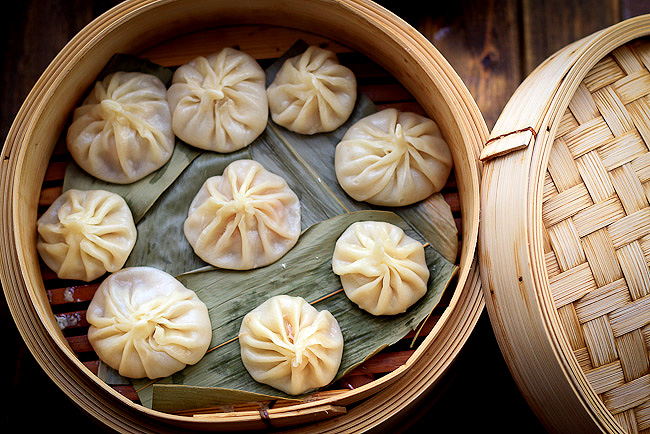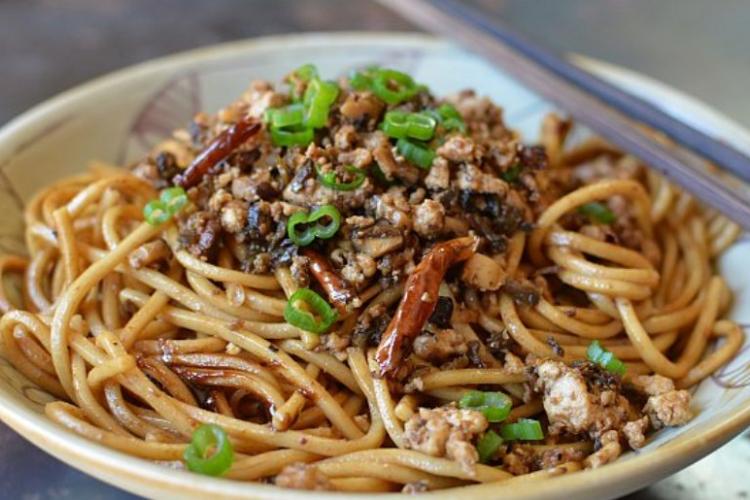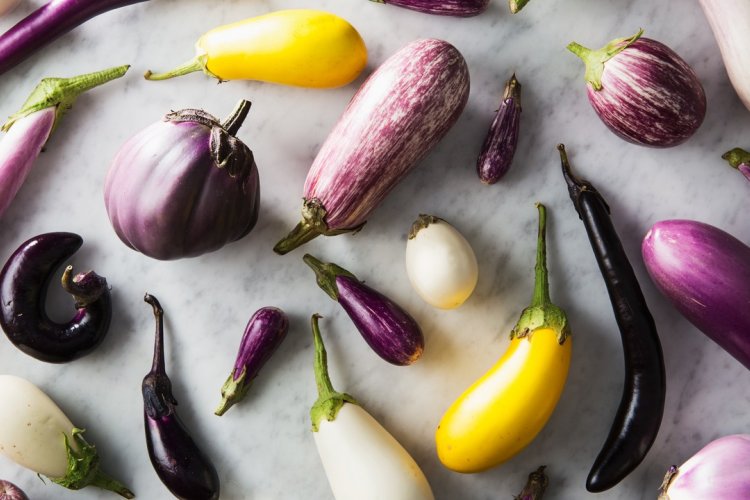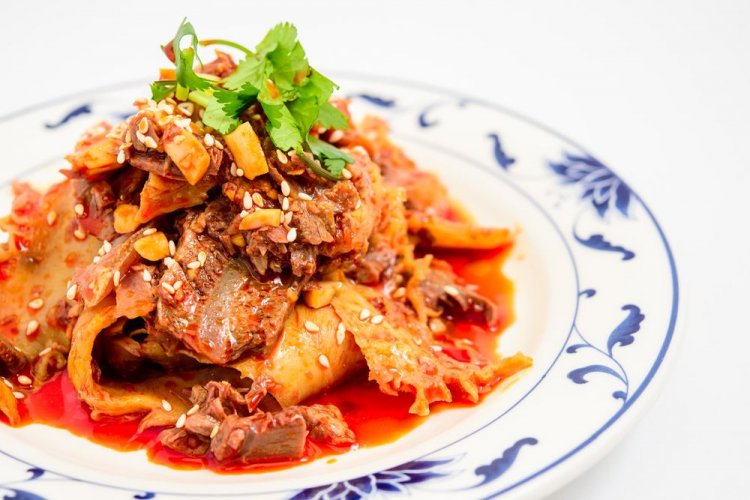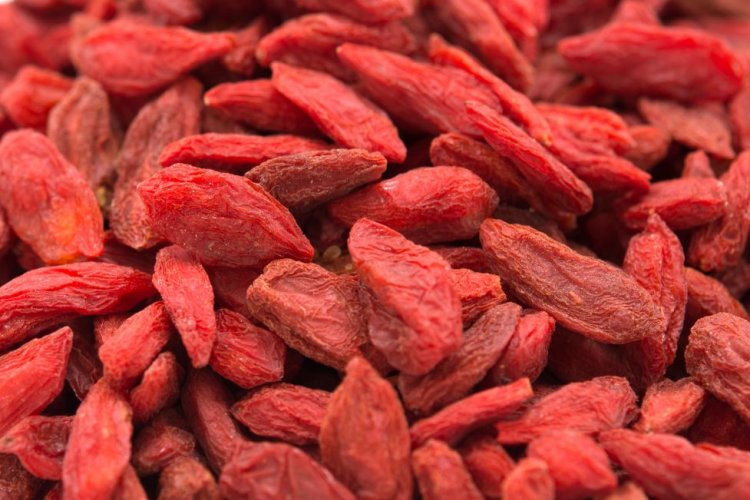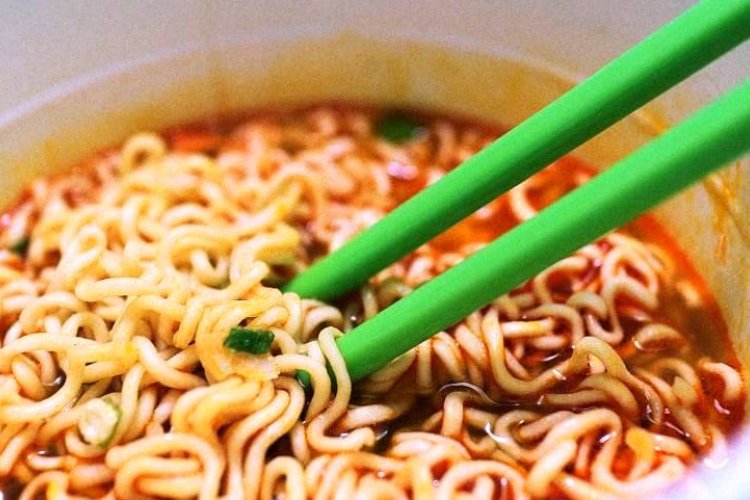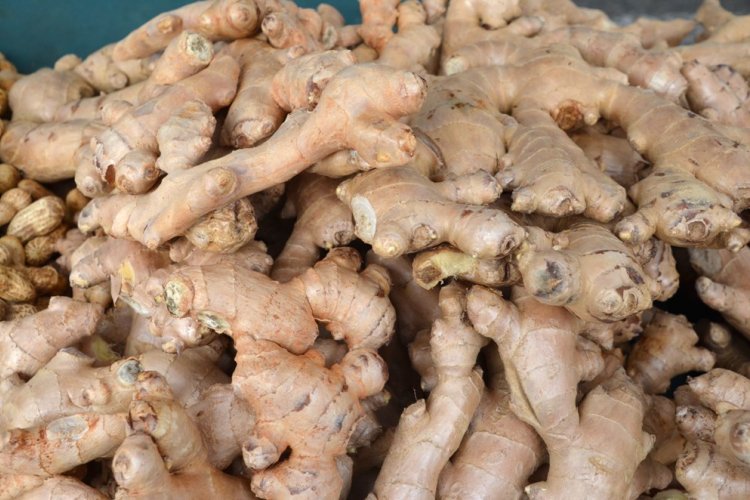Wokipedia: X is For... Xianbing, Xiaolongbao, Xiangcai, XO Sauce
Wokipedia is a regular column in which we introduce aspects of Chinese gastronomy, one letter at a time. This issue, 'X' gets the treatment.
… 馅饼 xiàn bǐng
Think of xianbing (literally “stuffed pancake”) as big, portable potstickers. The dough is slightly thicker and chewier than that used for potstickers, but the concept is similar: minced meat or vegetable filling wrapped in wheaten dough and then seared until piping hot and delicious. Xianbing are common throughout northern China, particularly in Chinese-Islamic communities, where fillings made from beef or lamb mixed with onion are common.
… 小笼包 xiǎolóngbāo
Is there any greater joy than popping open a proper xiaolongbao (small steamed dumplings filled with soup) and sucking out all that delicious, soupy goodness inside? Xiaolongbao are the high-stakes game of the dim sum table, a challenge even for those with commensurate chopstick skills. Ensure you don’t lose any of that delicious broth by placing your spoon close to the dumpling and grabbing it with your chopsticks at the thickest part where the pleats of the dough come together.
…香菜 xiāngcài
Ah, xiangcai, the great divider. Whether you call it coriander or cilantro, there’s bound to be at least one person at every dinner table who can’t stand the stuff. Those who hate it are usually unwavering in their belief that it tastes like soap, which scientists have found is due to a variation in the set of genes related to smell and taste. Whether you’re genetically averse to cilantro or not, you’ll have a hard time avoiding it in northern Chinese cuisine, where it pops up in everything from liangcai to the sesame sauce that accompanies lamb hot pot.
… XO sauce XO 酱 jiàng
XO sauce takes its name from the “XO extra old” appellation given to Cognac, a nod to the luxuriousness of its ingredients, which include dried shrimp, dried scallops, and Jinhua ham. These ingredients are cooked down to a sticky paste with plenty of onions and garlic, which can then be used as a dipping sauce or in stir-fried dishes. Despite its ubiquity on menus nowadays, XO was actually only invented in Hong Kong during the 1980s.
… 小米 xiǎomǐ
Millet is not the world’s most glamorous grain. It is, however, pleasingly simple, comforting, and fun to slurp in the form of 小米粥 xiǎomǐ zhōu. To make this porridge, the tiny-eyed grains are usually toasted on a pan until nutty aromas develop, then simmered in water. Its best application: washing down any variety of Chinese 'burger' (you know, braised meat encased in bread or bun).
… 虾 xiā
This one is a simple favorite: shrimp. In China, they tend to be peel-and-eat, but they also find their way into numerous regional cuisines, even in provinces that are landlocked. They appear as part of the flavoring in a lamb hotpot as 虾米 xiāmi, literally “shrimp rice,” tiny shrimp so small it feels like they should have been thrown back. Shrimp are now also consumed as 虾糊 xiāhú, a shrimp paste. There’s also our favorite xia – the “dragon shrimp,” or 龙虾 lóngxiā, known in English as lobster. But that’s a tale for another time.
… 西瓜 xīguā
China’s ultimate summer snack isn’t native here, hence its designation as being from the West. Served year-round, it is an encounter with watermelon salespeople that often gives foreign visitors their first taste of price-fixing. Dine at any Chinese home in Beijing, and in many restaurants, and the meal will end with sliced watermelon, the seeds being spit on the table or the floor.
That's X sorted. Click here to see what you missed with W.
Photo: chinasichuanfood.com

